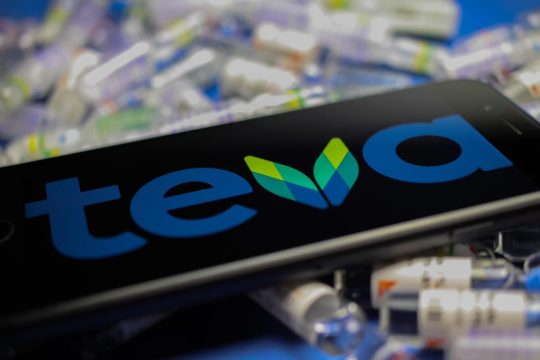Advertisment
ASCO 2012 Report – Combination Lenalidomide (Revlimid)/ Rituximab (Rituxan) improves response rate in patients with relapsed follicular lymphoma
by Bruce Sylvester – Investigators reported at ASCO that relapsed follicular lymphoma patinets treated with combination lenalidomide (Revlimid) and rituximab (Rituxan) achieved a higher percentage of overall response than patients treated with lenalidomide monotherapy.
Even though the dual therapy uses potent drugs, the subjects did not have a significant increase in adverse side effects over monotherapy, noted investigator John Leonard, MD, Weill Cornell Medical College, New York, New York, USA, “Efficacy appears greater with lenalidomide plus rituximab, with similar toxicity,” he said.
For this study (the CALBG 50401 trial) subjects with relapsed follicular lymphoma were assigned to rituximab (n = 90), rituximab plus lenalidomide (n = 45) or lenalidomide monotherapy (n = 44). The rituximab monotherapy arm was stopped in 2007, and the amended trial looked only at lenalidomide-containing regimens, and was continued until April 2011.
Eligibility included diagnosis with stage 1, 2, or 3a follicular lymphoma, and prior treatment with rituximab monotherapy or in combination with chemotherapy. Also, time to progression needed to be greater than 6 months from the last rituximab dosing. Patients with deep vein thrombosis or pulmonary embolism within the last 3 months were not enrolled.
Lenalidomide treatment consisted of 15 mg on days 1 to 21 of a 28-day cycle, up-titrated to 25 mg, if tolerated. The scheduled treatment was 12 cycles. In the lenalidomide plus rituximab group, patients received the same lenalidomide therapy plus 375 mg/m2 on days 8, 15, 22, and 29 of cycle 1. Aspirin or anticoagulants were given to subjects at high risk of deep vein thrombosis.
Of the lenalidomide-treated patients, 35.6% completed therapy compared with 61.4% of the patients in the double-drug arm. About 24% of lenalidomide-treated patients withdrew due to disease progression, compared with 4.6% on the combination therapy
The median event-free survival was 1.2 years for lenalidomide and 2 years for combination therapy. After 2 years, 27% of patients receiving lenalidomide had achieved event-free survival compared with 44% of the patients taking lenalidomide plus rituximab (P =.008).
There was no significant difference in overall survival.
The overall response rate was 51.1% for lenalidomide and 72.7% for combination treatment. That difference was significant in the unadjusted analysis (P =.010), but not significant when the data was adjusted for disease characteristics (P =.061).
Dr. Leonard noted that, in relapsed follicular lymphoma, rituximab monotherapy or in combination use is a mainstay of therapy. “Lenalidomide is active in recurrent follicular lymphoma,” he said. “Doublets of rituximab and lenalidomide are under evaluation in various settings. No previous randomised comparisons of combination versus single agent have been performed.”
The study was supported by Celgene.





